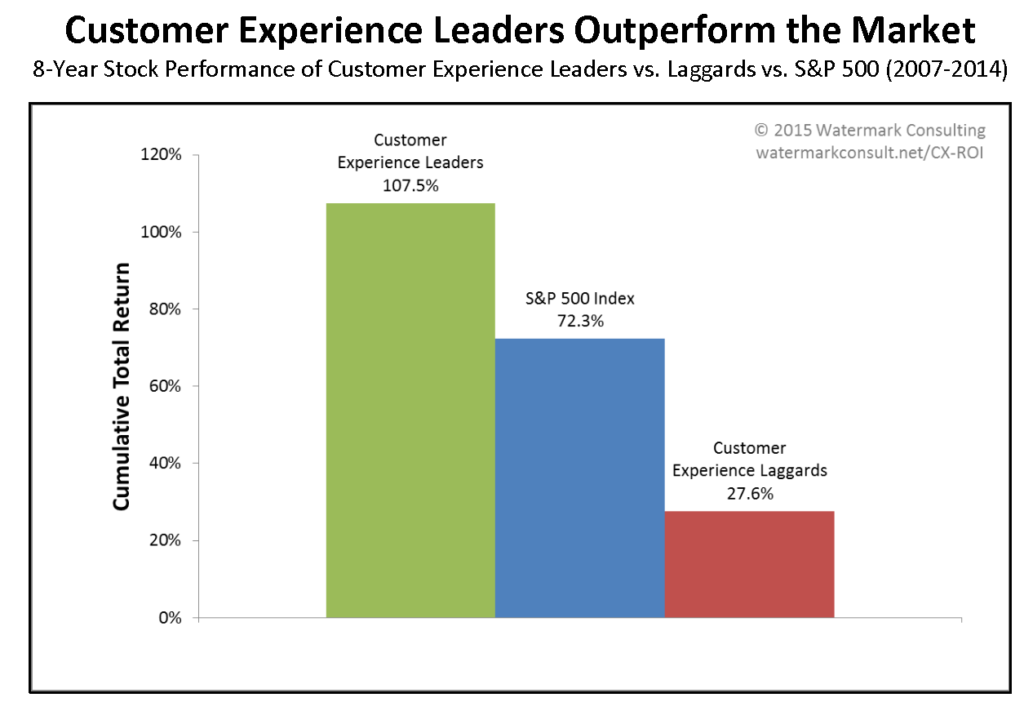Why is a Customer Data Platform Important?
June 15, 2017Brands have long stored customer data in functional silos, with disparate business units possessing different information. This division of data worked when the buying journey was linear and only occurred via a handful of touchpoints, but it is no longer feasible in the face of an empowered consumer base that increasingly engages with brands through a broad variety of online and offline channels.
The changes in the buying journey – from linear to multichannel – have sparked a need for brands to better understand their customers’ behaviors and past histories. Without this understanding, brands fall short of providing highly relevant, personalized, and contextually aware offers and messages. A new class of solution, called a customer data platform (CDP), meets this need by enabling an always-on, always-processing golden record that facilitates a unified and complete view of the customer.
The ability of a CDP to build this golden record is a vital one. Without it, brands cannot hope to understand their customers’ full array of needs, wants, behaviors, preferences, and intents – or how enterprises can remove friction from their customers’ lives and create higher value for them. In an age of digital transformation, it is this deep understanding of customers that will separate the leaders from the laggards.
Digital Transformation and the Empowered Customer
Digital transformation is forcing brands to remake their operating models at lightning speed or fall behind. Legacy brands have struggled to adapt: McKinsey recently predicted that current levels of digital disruption will shave 45 percent off incumbents’ revenue and 35 percent off their pre-tax earnings in the years ahead. More companies will soon feel the impact of digital disruption as well; in that same research, McKinsey found that broad digitization has only reached 37 percent of all companies as of early 2017.
The current crop of empowered customers, who have access to more information than any previous generation, have compounded the marketplace turmoil. There are 207.1 million smart phone users in the United States, and recent research found that 61 percent of U.S. consumers used three or more devices on a regular basis. But if each consumer has three devices, the number of touchpoints is much higher, and includes the company website, banner ads, social networks like Facebook and WhatsApp, email, direct mail flyers, billboard advertising, call centers, television commercials, IoT devices, and many other possibilities. Gartner predicts that there will be more than 20 billion IoT devices deployed within the next three years.
Empowered customers expect a consistent brand experience across all of these touchpoints, regardless of any underlying complexities that enterprises need to resolve. The perception is that if newer internet-based organizations can do it, then any other company can as well. The combination of touchpoint proliferation and fragmentation has led to a gap between customer experience and expectations, with 86 percent of customers saying they would pay more for a better customer experience, but only one percent of consumers saying that brands have consistently met their expectations.
Where a Customer Data Platform Fits In
Customer data platforms are a new class of solution that enables brands to adapt to changing customer attitudes and behaviors. CDPs effectively resolve the fragmentation that resulted from the organic way customer engagement technology evolved, with multiple point solutions deployed piecemeal as each new engagement channel gained prominence. When email became popular, brands implemented email marketing solutions; when social media proliferated, brands added social media management tools to their technology portfolio.
The problem is none of these walled garden engagement systems are designed to share data. Different point solutions use unique customer identifiers, ingest data at different paces, and store data in distinct formats. Some solutions might only collect anonymous batch data, others might have phone numbers or addresses, still others may only use a social media account name. Because each system uses a different identifier, data structure, or format, brands have been unable to connect any of their customer data into the unified customer profile needed to meet customers where they are.
Customer data platforms conquer this data-unification barrier. A CDP can ingest data that moves at any velocity, regardless of structure or volume, and uses deterministic and probabilistic matching algorithms to resolve customer identities across touchpoints. More than that, the CDP makes that data available across the enterprise and at the speed of the customer. This enables brands to proactively engage at the right moments, meeting customer needs with contextually relevant interactions.
CDPs are best deployed as a foundational capability, with an open garden approach to drive the customer engagement stack. This includes ingesting data, integrating, matching and mastering the data, and making the data accessible to engagement systems without replacing the existing point solutions. This implementation approach allows brands to maximize their technology investment, without the expense of ripping and replacing any current infrastructure.
A Constantly Updating Golden Record
Think of a customer data platform as an always-on, always-updating golden record that is made continually available at low latency to all touchpoints and users across the enterprise. CDPs connect data throughout the technology stack, acting as a central point of data control that provides insights about customer behavior and past history with the brand at the moment of greatest need.
Customers have already moved into the digital world, and are more likely to stop doing business with a brand who fails to provide a consistent and valuable experience across touchpoints. CDPs empower brands with the robust single customer view necessary to meet consumers where they are and provide contextually relevant interactions to close the gap between customer experience and expectation.


